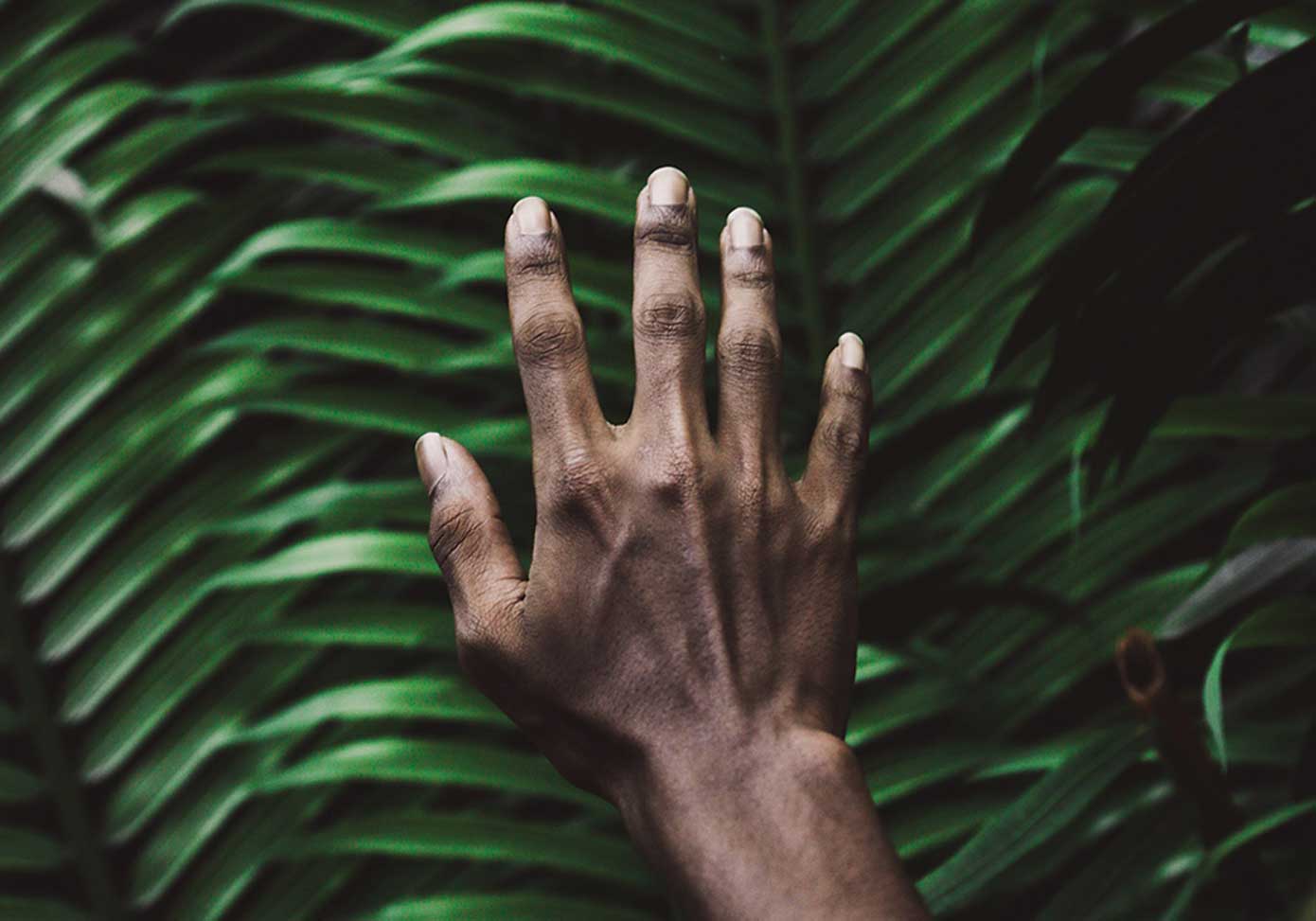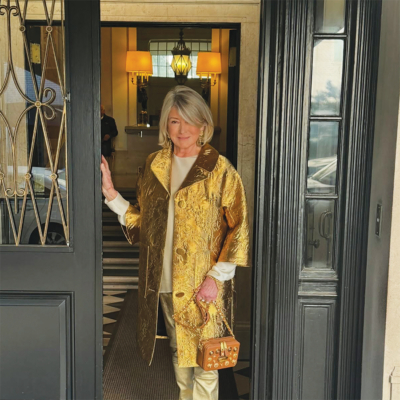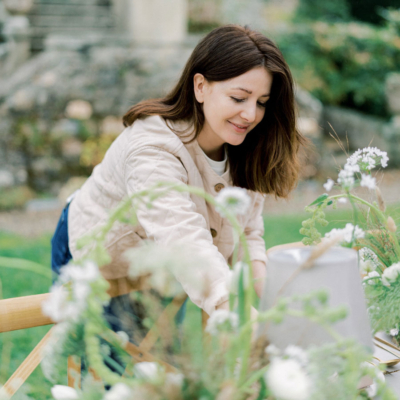Environmental racism has a devastating effect on some communities. Holly Hughes explains …
This column, like most climate activism, focuses on preserving or safeguarding things we already have: safe and clean water, unpolluted air, food security. We speak of these things as givens and discuss their corruption or extinction as hypotheticals. But what about the millions of people whose access to clean air, water and sanitation is already being – and has historically been – denied? What about the communities who are refused access to the resources the climate action movement fights to retain? And what of the voices who try to raise these injustices and are routinely and systematically ignored?
We categorise racism, discrimination, and inequality as social justice issues and often consider their causes and consequences as separate from the problem of climate change. However, systemic racism and climate change are closely linked. The polluting policies of governments and practices of corporations affect communities of colour to a greater extent than their white counterparts and, when these toxic operations result in climate breakdown, it is these same communities who are the first to feel climate change’s harshest affects. This despite the fact that BIPOC communities – Black, indigenous and people of colour – universally contribute the least to the climate crisis.
This is known as “environmental racism”, the term first coined in 1982 by African-American civil rights leader Benjamin Chavis, referring to the disproportionate burden placed on people of colour and indigenous communities by racial discrimination in environmental policy-making and practices. Deliberately targeted for toxic waste facilities, these communities are forced to live in proximity to health hazards such as sewage works, mines, landfills, power stations, major roads and emitters of airborne particulate matter.
According to Dr Robert Bullard – the academic known as “the father of environmental justice” – race is the largest factor in deciding the placement of hazardous waste facilities in the US. In his study, Dr Bullard showed how in Houston, Texas, 82 per cent of rubbish was dumped in black communities, despite black people accounting for only 25 per cent of the population. This injustice is then amplified by the negative health outcomes for black, indigenous and other people of colour exposed to toxic waste.
“You cannot have climate justice without racial justice. It isn’t justice if it doesn’t include everyone.”
African-American children are five times more likely to develop lead poisoning from proximity to waste than Caucasian children. People of colour face a 28 per cent higher health burden than the general population while for black Americans, this percentage rises to 54. Closer to home, a UK government report revealed that black British children are exposed to up to 30 per cent more air pollution than white children.
However, the true injustice of these statistics is the fact that these communities are never the causes or primary contributors to the pollution that drastically impacts their health and wellbeing. Black Americans breathe 56 per cent more pollution than they produce while Latinx communities breathe 63 per cent more. The kicker? White communities breathe 17 per cent less than they create.
And this is only one side of the coin. Because while BIPOC communities are first impacted by the policies and practices that cause global warming (fossil fuel extraction, landfills, power stations, major roads and airborne polluters), they are then the first to experience the dire – and fatal – repercussions of these irresponsible actions. Studies have shown that extreme heat due to global warming puts black, brown, indigenous, and poor communities at disproportionate risk of premature deaths and birth complications in urban areas. A one-degree Celsius temperature increase results in a huge rise in poverty and malnutrition in low-income countries as rice production decreases and wheat yield is reduced – a decline devastating for nations in the Global South already struggling with food security.
Why aren’t we talking about this more? One of the more insidious aspects of environmental racism is how it excludes, silences, or deliberately ignores the voices protesting against it. In the words of Ugandan youth activist Vanessa Nakate, “We have continuously seen erasure of communities that are affected the most from rooms of decision-making … They are on the frontline but we are not seeing them on the front page.”
Natake should know. In 2020, her activist work earned her an invitation to speak at Davos alongside Greta Thunberg. Yet in the media coverage of Vanessa and Greta’s press conference, Vanessa’s presence was literally erased – the Associated Press cropped her out of the event photos. She was the only person of colour and the only African representative among her peers and hers was the only face to literally disappear. What happens when our ability to be seen is jeopardised or obliterated entirely by a white-centred media and a white-led climate movement?
So, what can we do? Vanessa’s story went viral because of the outraged reaction on Twitter. If you are reading this as a white person then there is much you can – and must – do to fight against environmental racism. In fact, it’s the same things we must do to fight against racism, period. Donate where you can, advocate when you can, self-educate always.
You see, with every euro, every click, every petition, we are given a vote. A vote not only for the kind of greener, fairer world we want for our future but also a vote for the people we want to guide us there, people like Vanessa Nakate. After all, in her own words, “You cannot have climate justice without racial justice. It isn’t justice if it doesn’t include everyone.”
LOVETHEGLOSS.IE?
Sign up to our MAILING LIST now for a roundup of the latest fashion, beauty, interiors and entertaining news from THE GLOSS MAGAZINE’s daily dispatches.











